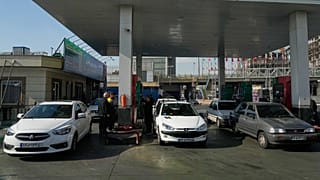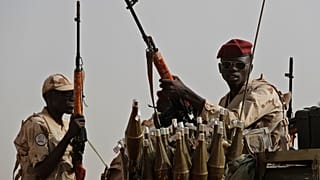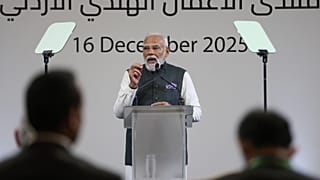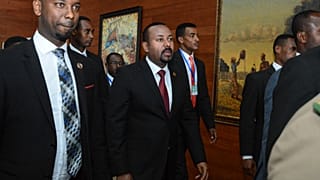Ethiopia
Yohannes Tesfaye is a young entrepreneur plying his trade in Ethiopia’s Gambela region which lies along the border with South Sudan.
The 24 year old who missed the qualification mark for joining university, teamed up with his friends and started a carpentry workshop in 2015 and he say’s business has steadily picked up.
“We started this job with an initial capital of about 700 US dollars. Currently our profits have reached about 9,000 US dollars. At the beginning it was only three of us doing the work but we have since been able to employ nine people,” he said.
Yohannes and his partners have been able expand their business through funding from a government run micro-finance enterprise and he is considering to apply for more funding.
Despite their steady progress, much cannot be said of a majority of the people in Ethiopia which is among Africa’s fastest growing economies.
This is due to lack of access to credit especially by private entities and according to reports out of the 90 million people, only few people have bank accounts and the range of services one can access is limited.
State spending in the Horn of Africa country has been the driving force behind double-digit economic growth.
The International Monetary Fund (IMF) is urging Ethiopia’s government to cut back on public spending which it says is suffocating private spending and allow the private sector more access to credit.













00:49
Eritrea announces departure from IGAD regional bloc
01:01
Marburg outbreak worsens in Ethiopia as death toll rises to six
00:45
Flights cancelled as Ethiopia volcanic ash plumes drift towards India
00:54
Volcano in northern Ethiopia erupts for the first time in 12,000 years
00:58
Ethiopia confirms three deaths in new Marburg virus outbreak
01:07
Afar region accuses TPLF fighters of crossing border and seizing villages